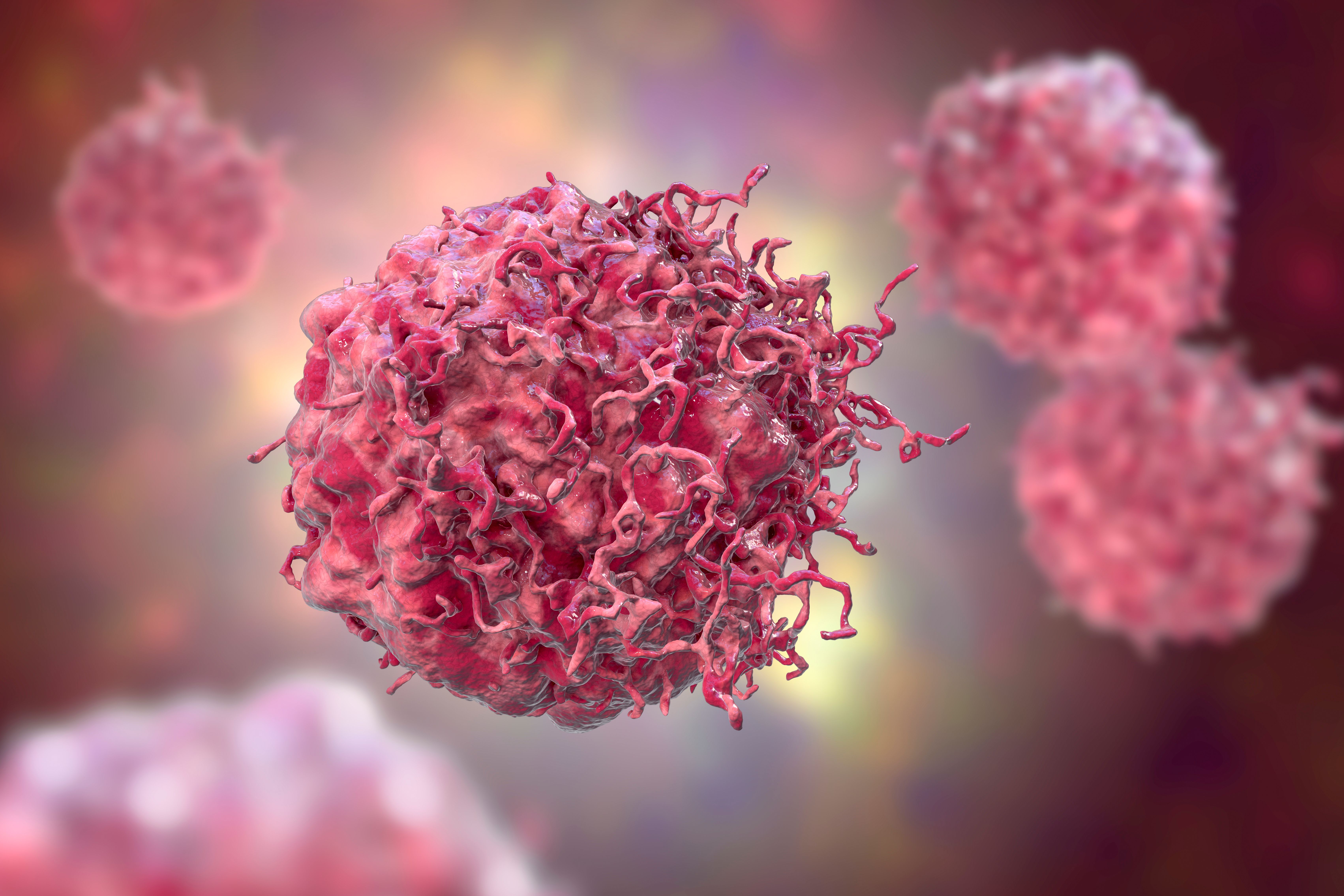News
Article
FDA Approves Elfornithine for the Treatment of High-Risk Neuroblastoma in Adult, Pediatric Patients
Author(s):
This is the first FDA approval for a therapy intended to reduce the risk of relapse in patients with high-risk neuroblastoma.
The FDA has approved elfornithine (Iwilfin; US WorldMeds) to reduce the risk of relapse in patients with high-risk neuroblastoma (HRNB) who have demonstrated at least a partial response to prior multi-agent, multi-modality therapy including anti-GD2 immunotherapy. Elfornithine is approved to treat both adult and pediatric patients and is the first FDA approval of a therapy intended to decrease the risk of relapse in pediatric patients with HRNB.1
“We are thrilled to announce the FDA approval of [elfornithine], which provides a new and much-needed treatment option for children with HRNB,” said Breck Jones, chief executive officer of US WorldMeds, in a press release. “The goal for treating these young patients is to prevent relapse, and advancing therapeutic options is critical to this mission. [Elfornithine] offers new hope and improved outcomes for these vulnerable children.”2
Image credit: Dr_Microbe | stock.adobe.com

Efficacy was evaluated in a controlled trial that compared outcomes from an investigational arm (Study 3b) and a clinical trial-derived external control arm (Study ANBL0032). Study 3b was a multicenter, open-label, non-randomized trial with 2 cohorts that evaluated twice-daily oral eflornithine in 105 patients with HRNB. Dosages were based on the patients’ individuals body surface area (BSA) and continues until disease progression, unacceptable toxicity, or for a maximum of 2 years. Study 3b was prospectively designed to compare outcomes to the event-free survival (EFS) rate reported in Study ANBL0032.1
The major efficacy outcome measure was EFS, and the additional outcome evaluated was overall survival (OS) with both showing positive trends (EFS: HR: 0.48 [95% CI: 0.27, 0.85]; OS: HR: 0.32 [95% CI: 0.15, 0.70]). Due to the uncertainty in treatment effect estimation associated with the externally-controlled design of the study, further analyses in subpopulations or using alternative methods were performed (EFS: HR range: 0.43 [95% CI: 0.23, 0.79] to 0.59 [95% CI: 0.28, 1.27]; OS: HR range: 0.29 [95% CI: 0.11, 0.72] to 0.45 [95% CI: 0.21, 0.98]).1
The most common adverse effects (AEs) reported in Study 3b, including laboratory abnormalities, were otitis media, diarrhea, cough, sinusitis, pneumonia, upper respiratory tract infection, conjunctivitis, vomiting, pyrexia, allergic rhinitis, decreased neutrophils, increased alanine transaminase, increased aminotransferase, hearing loss, skin infection, and urinary tract infection.1
“This FDA approval represents a beacon of hope for the HRNB community and a significant step forward in the fight against this devastating disease,” said Kristen Gullo, vice president of development and regulatory affairs at US WorldMeds.2
Reference
1. US Food and Drug Administration. FDA approves eflornithine for adult and pediatric patients with high-risk neuroblastoma. News release. December 13, 2023. Accessed December 14, 2023. https://www.fda.gov/drugs/resources-information-approved-drugs/fda-approves-eflornithine-adult-and-pediatric-patients-high-risk-neuroblastoma
2. US WorldMeds. US WorldMeds Announces FDA Approval of IWILFINTM (eflornithine) to Strengthen Fight Against Aggressive Childhood Cancer. News release. December 14, 2023. Accessed December 14, 2023. Email.
Newsletter
Stay informed on drug updates, treatment guidelines, and pharmacy practice trends—subscribe to Pharmacy Times for weekly clinical insights.

FDA Approves Linvoseltamab-Gcpt for Treatment of Relapsed or Refractory Multiple Myeloma





